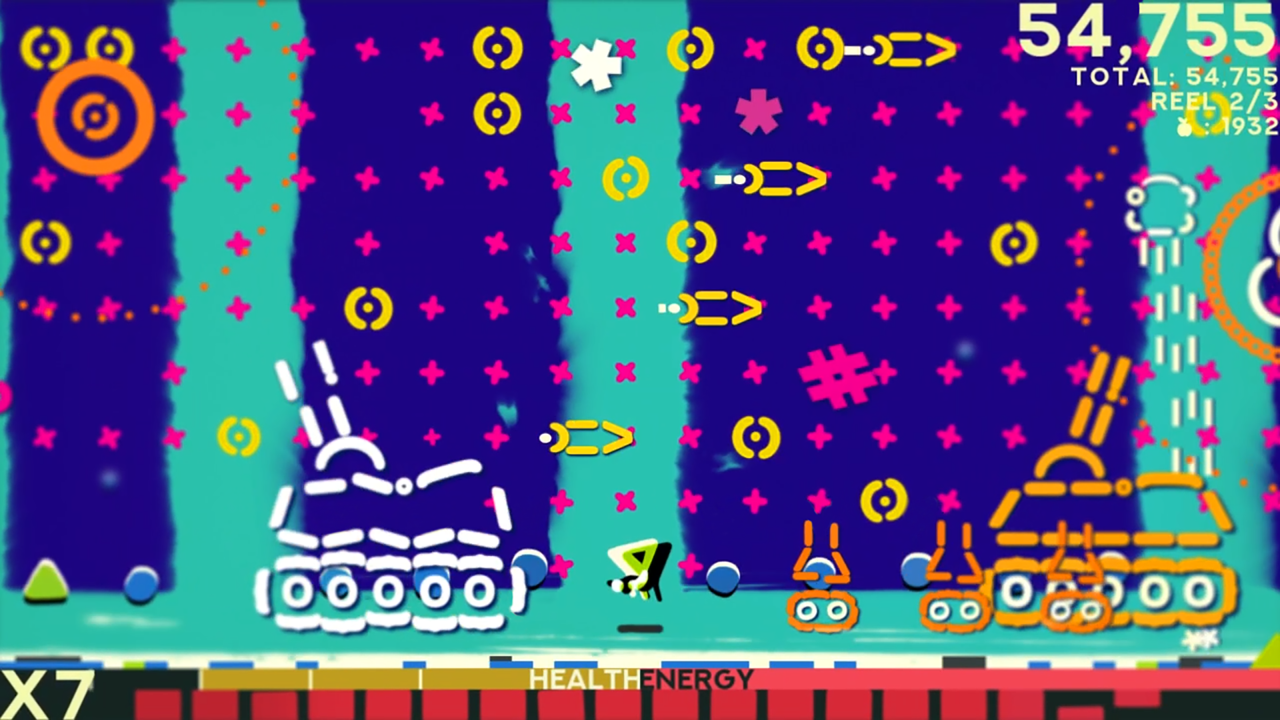Pete Parsons, the Bungie boss, is out after 23 years. Yeah, he was there since the Halo days, but now he's gone. Not much else to say, really. Just another shift in the gaming industry. People come and go. Life goes on, I guess.
#Bungie #PeteParsons #GamingNews #Halo #Change
#Bungie #PeteParsons #GamingNews #Halo #Change
Pete Parsons, the Bungie boss, is out after 23 years. Yeah, he was there since the Halo days, but now he's gone. Not much else to say, really. Just another shift in the gaming industry. People come and go. Life goes on, I guess.
#Bungie #PeteParsons #GamingNews #Halo #Change
1 Kommentare
·0 Geteilt

















